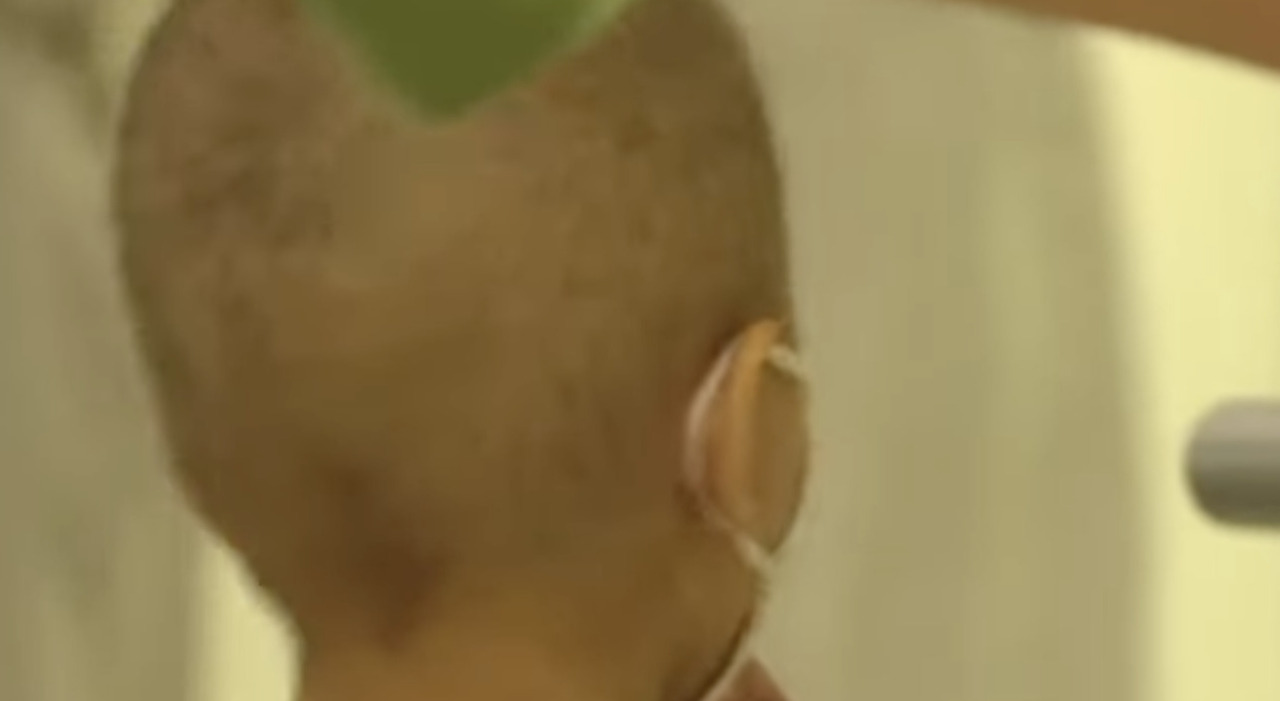Active euthanasia, which has been legal in the Netherlands since 2002, will take a further step forward tomorrow because in the future, even children under twelve suffering from serious diseases, will be able to be legally killed under certain conditions. The ordinance, which aims to more clearly define the penal code for doctors in emergency situations, has been published in the Official Gazette. This is reported by the Catholic agency KNA. According to the Ministry of the Interior, the regulation would concern a "small group" of cases (five to ten children a year) for whom "the possibilities of palliative medicine are not sufficient to alleviate their suffering". In fact, the Netherlands is following in the footsteps of Belgium, which in 2014 became the first country in the world to approve a law allowing euthanasia for children.
End of life, Di Giustino disconnects the machines: he was suffering from muscular dystrophy
The new regulation does not yet contain any requirement of assistance to end the lives of children. It is now up to doctors to develop standards, although it is understood that "the child's opinion should be sought as far as possible in a way appropriate to the child's understanding and age". It would remain the case that no action is taken if a child expresses that "he prefers his current situation to the cessation of life".
Young people over the age of twelve in the Netherlands can already request euthanasia. Until the age of 16, parental consent is required. Since 2005, even malformed newborns can be killed without penalty if certain medical conditions are met. The Dutch and Belgian Church has intervened several times in recent years but the debate has continued to move forward and be concretized in parliament.
The figures from the Netherlands are thought-provoking and are on the increase: in 2022, a full 8,720 people died as a result of active medical assistance. This corresponds to an increase of 13.7 percent compared to 2021. In total, about 5.1 percent of all 169,938 deaths in 2022 were due to assisted suicide (2021: 4.6 percent).
Also, diagnoses have increased: according to the law, for example, active euthanasia is only allowed for serious, incurable and unbearable diseases. However, doctors now also accept "life fatigue", severe depression or old age as a reason. According to a Supreme Court ruling in 2020, the euthanasia of patients with severe dementia is allowed even if they had previously formulated a clear will to live but oppose the lethal injection at the time of the planned euthanasia.
Palliative care for infants not available in Southern Italy, Sin: "Necessary to guarantee it"
From internal statistics it emerges that the most common condition for the desire to die - in 2022 - was cancer (57.8 percent). However, there have been particularly strong increases in two different groups: dementia - with an increase of 34 percent compared to 2021 and requests related to old age (23.5 percent).
Dutch Cardinal Willem Eijk has repeatedly intervened in the public debate to make the voice of the Church heard in protection of the human life of the most fragile. "Why widen the circle further - Cardinal Eijk asked last year - when the same minister has admitted that it is a minority?" (we are talking about 5-10 cases per year). For them, adds Eijk, "we must focus on finding more efficient palliative care". The ministry, however, insisted on protecting those doctors for whom the only solution is to end the lives of children without being punished.
Pope Francis the last time he thundered against euthanasia was a few weeks ago when he once again stressed that there is not a right to death but to life.
End of Life, the appeal of a 44-year-old suffering from multiple sclerosis
This article is automatically translated
